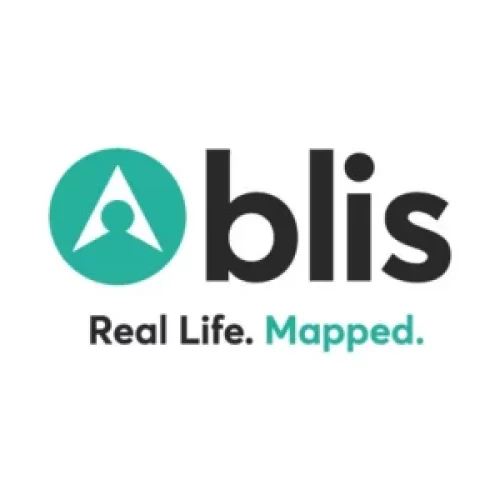Ad blocking will force marketers not only to make ad formats less intrusive, but also more personalized and relevant. The key to that is understanding real human behaviour – where people go and what they do, not individually but at scale. Location data can help with this. But not in its raw form. Only when it is analysed, does it become powerful and actionable – Bis calls this real-world intelligence.
Ad blockers have become a problem for marketers, and while the issue is global, it’s more acute in Asia-Pacific. Half of the consumers in the region have used an ad blocker to prevent ads from surfacing in the last month.
Why are consumers so vehemently anti-ad? 48 percent of the consumers surveyed say they’re exposed to too many ads; and more importantly, 47 percent of them find the ads too annoying and irrelevant. For marketers, the biggest concern about this trend is that most audiences who use ad blocking tools are younger and more engaged, and therefore much more likely to be paying subscribers, according to the GlobalWebIndex data. Essentially, marketers are doing the exact opposite of what they should be doing and driving potential customers away.
Ad Blockers are an Opportunity
Marketers could view ad blocking as an existential threat – after all, it couldcost the industry as much as $41 billion by next year. They might view it as a challenge: how do we get around the ad blockers? What kinds of ads can we sneak past them? Alternately, they could view it as an opportunity. If young, affluent consumers are deterred by the ads the industry is serving, the solution isn’t to outsmart ad blocking technology; the solution is to create ads they’ll like.
It seems like the format and frequency of ads is the obvious places to start to rebuild the relationship. We know that 38 percent of consumers feel that ads take up too much space, 33 percent object to the slow web load times due to ads, and 44 percent find them intrusive.
The takeaway there, for both advertisers and publishers, is that consumers would prefer fewer and less obtrusive ads on the page. Consumers don’t want ads that cover up or interrupt the content they’re trying to read or watch, nor do they want a loud video auto-playing in the middle of their online experience. Even industry insiders are frustrated withhow intrusive digital display advertising has become. Changing this approach is mainly up to the publishers, who must decide whether they can adjust their revenue models to accommodate fewer ads, and perhaps commission more native-style advertising formats.
Intelligence Drives Relevance – and Reduces Resistance to Ads
The responsibility for creating relevant campaigns falls to the marketing community. Nearly half of users cited “irrelevant” ads as their reason for blocking. That means there is an opportunity for marketers to deliver ads that truly speak to consumers, not only creatively with better messaging but at the right moment and on the device that’s almost always by their side – mobile.
To achieve this, marketers must rely on reliable data powered intelligence. First-party data helps marketers understand who their actual customers are, and what products and services they prefer. Enriching that with robust, high-quality, third-party data enables marketers to better understand their current audiences and discover new ones. Marketing teams can learn what products and services are useful to each audience segment, as well as what kind of offers resonate best with those segments – and beyond that, how and where to surface ads for each customer to get the best possible results.
As an example, consumers may find an offer for a free night at a hotel irrelevant when it appears on their mobile during the fraught commute home from work. But the same audience might respond to a similar, but more tailored offer on their tablet while relaxing and watching TV that night. With location-powered, real-world intelligence, a marketer can get more specific and personalised with a message and offer, and fine-tune it based on what they’ve learned about their audiences. This type of targeting can now be achieved at scale.
This simple example illustrates how actionable, real-world intelligence can make an advertising message relevant and helpful, whereas ads targeted with more generalized data can be perceived as annoying and unwanted. The more quality data marketers collect about their target audiences – beyond demographics and further into their buying behaviours, their media consumption habits, and where they go from day to day, year to year – the better the roadmap they’ll have into engaging these audiences.
Location-powered real-world intelligence plays a key part in making ads more relevant to recipients. Since there’s so much to be learned from where people go, real-world intelligence can tell us a lot more than which restaurants working professionals prefer for lunch. We can learn whether they’re fitness-minded by how frequently they visit a gym, whether they’re sports fans by how often they go to football or basketball games, and how they shop by which food stores they visit throughout the week. All these habits define their daily lives and deliver insight to marketers about who they really are and what makes them unique. Those insights empower marketers to create ads that speak directly to each consumer, so that not only are business outcomes improved, ads are no longer seen as annoying or irrelevant.
Click here to read the original article.


